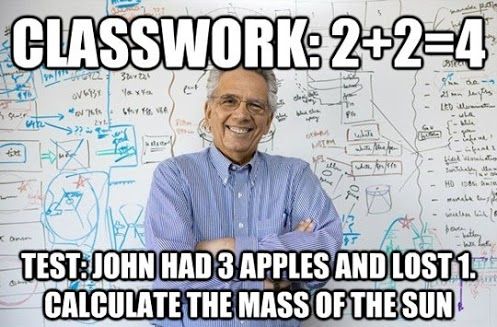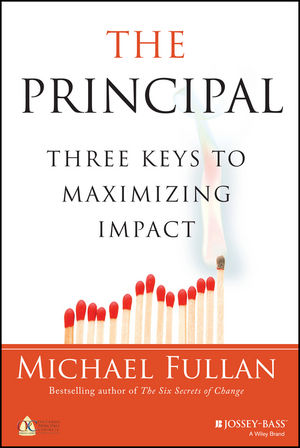What makes a good teacher? A reasonable question that regularly pops up in conversations about teaching and learning; discussions at my own work place have been no different. What is distilled from those conversations compressed to three points:
Self-sacrificing – Fundamental to being a good teacher, one must be prepared to put others first. This might mean extra time outside of the classroom speaking to students, marking work and making sure that the feedback is meaningful, participating in co-curricular activities or attending parent functions at night (when you would sooner be at home with your own family).Another way of thinking about the notion of self-sacrifice (at least in the context of being a teacher) is having a passion for working with children, of seeing them prepared for the wider world. In whatever instance, teaching is about service.
Scholarly – at the end of the day, teaching and learning is a scholarly vocation. Content matters. Academics matter. Yes. That flies in the face of what many think teaching and learning today is about. Teaching and learning is about empowering students, to be sure, but that should not be a euphemism for “the teacher can take a break in the classroom”, or “we don’t need to know content as much as we need to know skills”. (That sort of statement sets up academics and skills or competencies as mutually exclusive. I would argue that they are not). As teachers, we should value the academic nature of our work and the subject that we teach. We should be prepared to have high academic expectations for our students and challenge or help them achieve them.
Sound – a strength in teachers is that they are sound. Stable. Sensible. Mixed in with a sense of humour, of course. How else are you going to cope with a Friday afternoon class that implodes for no apparent reason other than the wind changed direction? In many instances, school is a ‘safe haven’ for students because they know there is stability and continuity at school. For others, it is the fact that students know their teachers are people they can turn to for extra advice that is important. I’m not saying that teachers have to be sombre and serious and uninteresting. Again, in a similar manner regarding “scholarly”, my thinking is that as teachers, whether we like it or not, are models to students. We are being watched all the time by those in our care. Being sound or stable or sensible is going to be something that is a given in a our job description.
I realise in putting this list together, there could be further “S”-es to add, other concepts and notions to throw into the mix. For now, this is enough. This list was introduced as a baseline, a starting point if you will, for those traits that are “absolute musts” for being a successful teacher. I am sure there are others that you might add or that might build out of these three but at the very least, “self-sacrificing”, “scholarly” and “sound” is a place to start.





